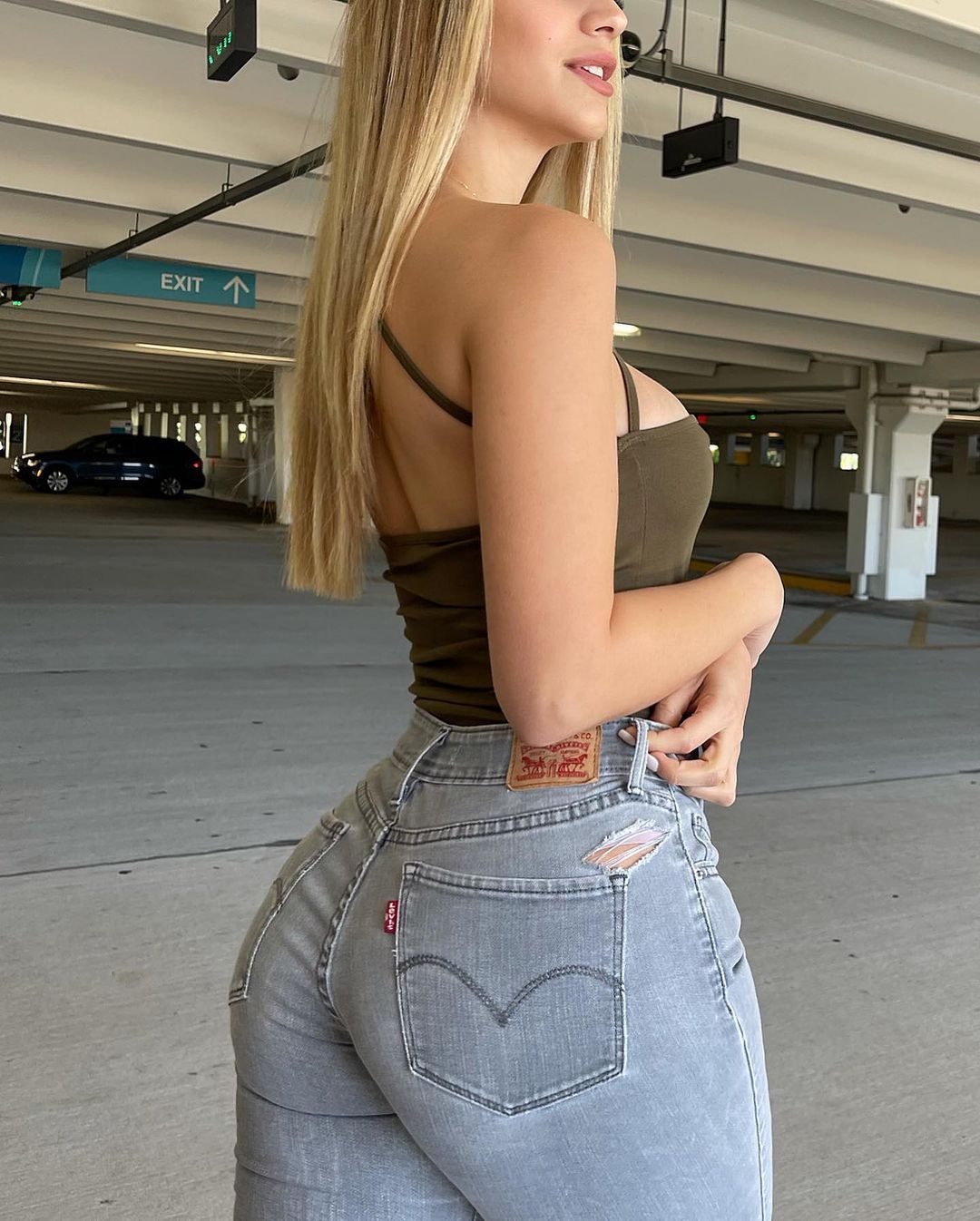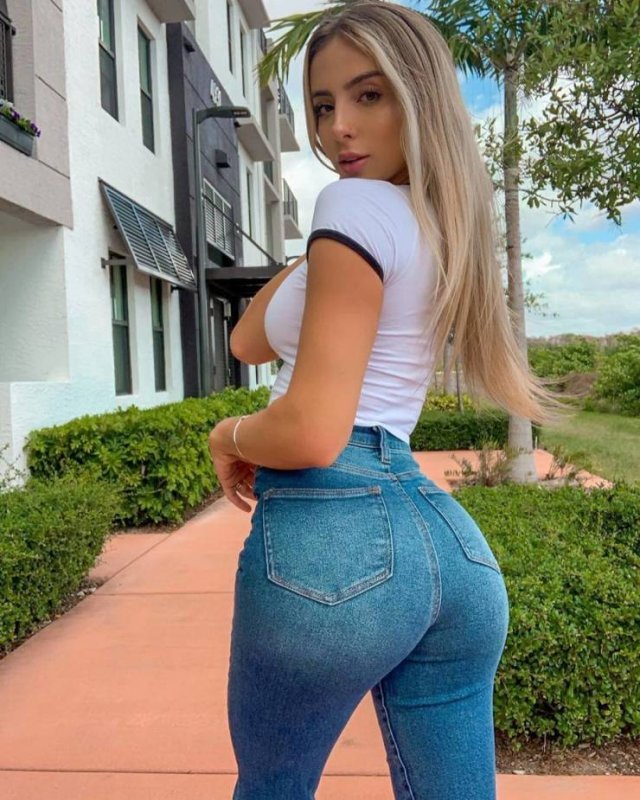AI-Generated Content
This article has been created using advanced AI technology to provide you with informative and engaging content.
AI-Curated Resources:
When we think about the many figures that bring our animated screens to life, it is quite interesting how certain visual traits, you know, really stand out. One such trait, a rather common one, is the appearance of being slender or, as some might say, having a very thin build. These sorts of characters, often with a more streamlined shape, have graced our screens for many years, helping to tell countless stories through their unique looks. They often bring a certain kind of energy or a particular feeling to the scenes they are in, just by how they appear.
The way a cartoon figure is put together, physically speaking, actually plays a big part in how we feel about them and what we think they might be like. A character that is, say, more on the thin side can suggest so many different things, from quick movements to a lighthearted personality, or even a sense of being a bit fragile. This visual choice, in a way, helps to shape the very essence of who that character is, even before they say a single word or do anything special. It is a powerful tool for storytellers, really, to convey ideas without needing to explain them.
So, we often see these figures with their notably lean shapes, and it makes us wonder about the deeper meanings behind such design choices. What does it truly mean for a character to be described as having a very slender form? How do these visual qualities, you know, play into the stories we enjoy? It is worth taking a closer look at the various ways the idea of being thin or slender is used in the creation of these beloved figures, especially when we consider how the very word "skinny" can carry a few different shades of meaning.
- Kait Flynn Playboy
- Diddys Relationship With Beyonce
- Did Jlo Date Diddy
- Tarkov Relentless
- Diddy And Kim Kardashian Relationship
Table of Contents
- What Does "Skinny" Mean for Cartoon Characters?
- How Does "Skinny" as "Resembling Skin" Show Up in Cartoon Characters?
- Can "Skinny" as "Low in Fat" Apply to Cartoon Characters?
- How Does "Skinny" as "Narrow or Slender" Shape Cartoon Characters?
- The "Skinny Margarita" Idea and Skinny Cartoon Characters
- Using the Word "Skinny" for Cartoon Characters
- The Visual Impact of Skinny Cartoon Characters
- The Role of Skinny Cartoon Characters in Storytelling
What Does "Skinny" Mean for Cartoon Characters?
The word "skinny" carries a few different ideas, and it is really quite interesting to think about how each of these ideas might show up in the way we draw and think about animated figures. For one thing, the meaning of "skinny" is often described as something that is, you know, "resembling skin." This particular description brings to mind a visual that is incredibly thin, perhaps so much so that it seems to be just the outer layer, with very little bulk. When applied to a cartoon character, this could mean a figure whose shape is almost, virtually, just an outline, a sort of very fine line drawing that suggests a presence without a lot of mass. This kind of look, actually, can make a character seem quite light, almost weightless, which can be very useful for certain kinds of movements or expressions in animation. It is a way, in some respects, to give a character a very distinct visual identity that stands apart from more rounded or solid shapes.
Then there is the sense of "skinny" when we talk about food and drink, where it often means something that is "low in fat." This particular idea, while seemingly about what we eat, can, in a way, be thought of metaphorically for characters. A "skinny" character in this sense might be one that is stripped down to the essentials, without any extra visual "fluff" or added bulk. Their design might be very clean, very direct, focusing on the core elements that make them who they are. This sort of design approach, you know, could suggest efficiency or a kind of purity in the character's form. It is a way of saying, perhaps, that this character is, basically, all substance and no unnecessary additions, a very lean and focused visual statement. This can be, arguably, a powerful way to make a character feel very precise and purposeful in their actions and appearance.
How Does "Skinny" as "Resembling Skin" Show Up in Cartoon Characters?
When we consider the idea of "skinny" meaning "resembling skin," it paints a picture of extreme thinness for cartoon characters. A figure drawn in this manner would be so slender, so delicate, that their form seems to barely contain anything beyond their very outer covering. This kind of visual representation, you know, could be used to convey a character that is incredibly fragile, perhaps easily moved or even a bit transparent in their feelings. It might also suggest a figure that is incredibly quick and nimble, able to slip through tight spaces or move with a whisper-like speed, almost like a breeze. The visual effect of such a character, really, often makes us feel a sense of lightness or even a touch of vulnerability, depending on how they are presented. It is almost as if their very existence is reduced to the bare minimum, a kind of simple outline against the background of their surroundings. This particular sort of visual choice, actually, can speak volumes without needing any extra explanations, giving a character a certain kind of presence that is, in some respects, quite special and memorable.
- Snap Fan
- Diddy Kim Kardashian Video
- Diddy Upcoming Projects And Collaborations
- Fonzworth Bentley Diddy
- Making The Band 1
Such a design, when used for these kinds of figures, allows for a lot of expressive movement, too it's almost. A character that is, virtually, just a line can bend and twist in ways that a more solid character might not, creating very fluid and dynamic actions. This can be particularly useful for comedic roles, where the character's body can stretch and squash in exaggerated ways that highlight their very slender nature. Or, you know, it could be for characters who are meant to be very subtle, almost ghost-like, moving with such grace that they barely seem to touch the ground. The choice to make a character "resembling skin" in their thinness is, typically, a deliberate one, meant to evoke a specific reaction or to tell us something about their personality and capabilities. It is a visual cue that, basically, helps to define their entire being within the animated world.
Can "Skinny" as "Low in Fat" Apply to Cartoon Characters?
Thinking about "skinny" in the sense of "low in fat," as we would for food or drink, offers a somewhat different way to look at cartoon characters. While characters do not literally have fat, this meaning can be applied metaphorically to their design. A "skinny" cartoon character, in this sense, might be one whose visual form is very lean, without any extra or unnecessary elements that could be seen as "excess." Their design could be very streamlined, perhaps focusing on clean lines and a simple overall shape that gets straight to the point. This kind of design choice, you know, suggests a character that is efficient, perhaps very direct in their actions, and certainly not burdened by any kind of visual clutter. It is a way of presenting a character that is, arguably, very pure in its visual message, conveying strength or agility through a lack of bulk. This approach, really, helps to make the character feel very focused and purposeful, almost like a finely tuned instrument.
This idea of "low in fat" can also extend to the character's personality or role within a story. A "skinny" character, in this metaphorical way, might be one who is very precise in their movements or their dialogue, someone who does not waste energy or words. They might be the kind of figure who gets straight to the core of a problem, without any roundabout thinking or unnecessary detours. This visual and conceptual leanness, you know, can make them very effective in their roles, whether they are heroes who move with swift determination or clever tricksters who rely on their wits rather than brute force. It is a way, in some respects, to make a character feel very sharp and impactful, their every action and appearance contributing to a sense of purpose and clarity. The visual simplicity, you know, often reflects a kind of functional beauty in these sorts of figures.
How Does "Skinny" as "Narrow or Slender" Shape Cartoon Characters?
The definition of "skinny" as "narrow or slender," when describing an object, applies very directly to the physical makeup of cartoon characters. Many beloved animated figures are indeed drawn with a very narrow or slender build, giving them a distinct appearance that sets them apart. This kind of shape, you know, can convey a sense of grace and agility, allowing characters to move with ease and fluid motion. Think about how a character with a very thin torso or long, delicate limbs might appear to glide rather than walk, or perhaps twist and turn in ways that seem almost impossible for a more solid figure. This visual choice, actually, is often used to emphasize speed, flexibility, or even a certain kind of vulnerability, depending on the character's role and personality. It is a way, in some respects, to give a character a very unique silhouette that is instantly recognizable and often quite memorable.
The use of a narrow or slender form for these characters also plays a big part in their expressiveness. A character with thin limbs, for example, can use those limbs to create very exaggerated gestures, adding a lot of comedic value or emotional depth to their actions. The slender nature, really, allows for a wide range of poses and movements that might look awkward or stiff on a more bulky figure. This design choice, you know, can also create interesting visual contrasts when these "skinny" characters are placed next to more stout or wide figures, highlighting their unique physical attributes. It is, basically, a very effective way to make a character stand out visually and to communicate aspects of their personality or their abilities without needing any words. This sort of design, you know, often helps to define their place in the animated world.
The "Skinny Margarita" Idea and Skinny Cartoon Characters
The idea of a "skinny margarita," where the cocktail uses a natural sweetener like lime juice or agave instead of artificial ones, offers a rather interesting, if a bit abstract, way to think about "skinny cartoon characters." This definition of "skinny" suggests something that is a more natural version, perhaps less artificial or less complicated in its makeup. When we try to apply this to cartoon figures, it could mean characters whose design feels very organic, very true to a certain kind of simple form, without a lot of added bells and whistles. Their appearance might be, you know, very clean and pure, relying on fundamental shapes and movements rather than overly complex details or exaggerated features. This kind of character, arguably, might feel more grounded or more authentic in their actions, embodying a sort of natural charm.
So, a "skinny" cartoon character, in the sense of the margarita, might be one that is "sweetened" by their own natural essence, rather than by artificial means. This could mean a character whose appeal comes from their inherent personality, their genuine reactions, or their simple, honest design. They might not rely on flashy tricks or overly dramatic appearances to get attention; instead, their charm comes from a more understated, natural quality. This interpretation, you know, suggests a character that is, basically, very true to themselves, without any kind of forced or manufactured traits. It is a way of thinking about how a character's visual and behavioral "ingredients" come together to create a light, refreshing, and authentic presence on screen, much like a drink made with pure, natural elements. This kind of character, really, often leaves a lasting impression because of their genuine feel.
Using the Word "Skinny" for Cartoon Characters
Understanding how to use the word "skinny" in a sentence, especially when talking about animated figures, helps us to describe them with more precision. When we say a character is "skinny," we are often referring to their overall physical build, emphasizing their lack of bulk or their slender form. For example, you might say, "That character is very skinny, allowing them to fit through tight spaces," or "Her skinny arms moved with incredible speed." The word, you know, helps to paint a picture of their physical attributes and how those attributes might influence their actions or their personality. It is a straightforward way to communicate a visual characteristic that is, in some respects, quite important to how we perceive them. This simple descriptive term, actually, carries a lot of visual weight, letting us know a good deal about the character's physical presence.
The word "skinny" can also be used to draw attention to specific parts of a character's body, highlighting their narrowness or lack of mass in those areas. You might talk about a character's "skinny legs" or "skinny neck," emphasizing those particular features as part of their overall design. This kind of detailed description, you know, helps to build a more complete picture of the character's appearance in our minds. It is, basically, a versatile word that allows us to convey different aspects of a character's thinness, whether it is their entire body or just certain elements. The way we use this word, really, helps to shape our overall impression of the character, making them feel more real and more distinct within the animated world. It is, typically, a very direct way to communicate a key visual trait.
The Visual Impact of Skinny Cartoon Characters
The visual impact of "skinny cartoon characters" is, you know, often quite significant. Their slender forms can make them stand out dramatically against more rounded or bulky figures, creating a striking contrast that is immediately noticeable. This contrast, actually, can be used for comedic effect, where the thin character might struggle with something that seems too big for them, or for dramatic effect, showing their vulnerability or their ability to slip past obstacles. The very appearance of being thin can also make a character seem more agile and capable of quick, fluid movements, which is often a key part of their appeal. It is a design choice that, in some respects, speaks volumes about their physical capabilities and their role within the story. Their unique shapes, really, often make them very memorable.
Moreover, the lean appearance of these characters can evoke a range of feelings in the audience. A very thin character might seem delicate and in need of protection, or they might appear spry and full of boundless energy. The way their limbs move, the way their bodies bend and stretch, all contribute to how we perceive their personality and their place in the animated world. This kind of visual storytelling, you know, is very powerful, allowing creators to communicate complex ideas about a character's nature just through their physical design. It is, basically, a testament to how much can be said without words, relying purely on the visual language of animation to convey meaning and emotion. The distinct silhouette of a
AI-Enhanced Visual Content


